Are you in the hair market for some coverings for your real hair? Are you a complete newbie to the hair world? Wanna find a system that has a matching color to your bio hair? All these problems could be solved easily if you understand well about human hair color.
In the following post, Lewigs will take you through the essentials of human hair color and its related things.
As a huge bonus, you will be more informative about the most trustworthy place to purchase the best hairpiece that blends well with your bio hair.
Table of Contents
What Is Human Hair Color?
Of course, everyone knows about hair color. We use this word so usually that it appears in our daily conversations, work, and more. However, do you really know what it exactly is?
The human hair color depends on the quantities and ratio of two main types of melanin: eumelanin and pheomelanin.

Basically, eumelanin is a pigment that is responsible for dark shade color, from brown to black. It also protects your skin from damages of the direct sunlight. While pheomelanin is responsible for the light colors, such as golden blond and red. But it can not protect the skin from damage. In some cases, if your hair lacks one of these melanins, your hair color is in white or gray color.
The level of melanins can change over time, so you can see a person with more than one color on their head. The color of human hair also relates to ethnic groups. Many white girls have blonde or light hair colors while Asian ladies’ hairs are in black and brown. The hair color is associated with both age and genetics.
The Natural Hair Colors
Natural hair colors are usually in dark or light shade. Basically, it is in five different colors: black, brown, blonde, red, grey and white. Let’s see a natural hair color chart below.
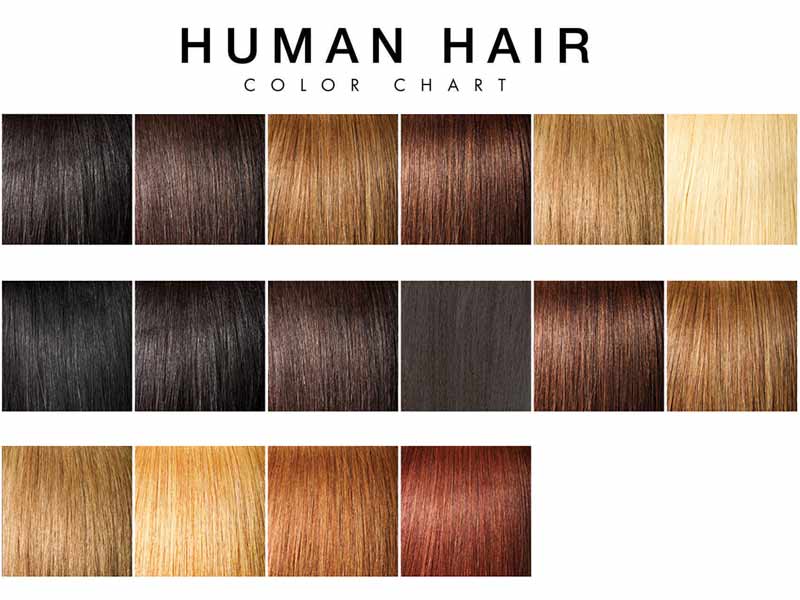
Black hair
Being the darkest human hair color, the eumelanin in black hair is denser than the others. It is also the most popular color of human hair. In English, there are many adjectives to describe black hair, it may be soft-black, raven black or jet-black.
Black hair is particularly common around the world, from Asia, Latin America, Southern Europe, to Africa. It is not difficult to realize that the straight or wavy black hair women are particularly noted in Southern European. Besides, this color is suitable for most makeup styles, from classic to modern. For instance, some Irish people with black hair are sometimes known as the “Black Irish”.
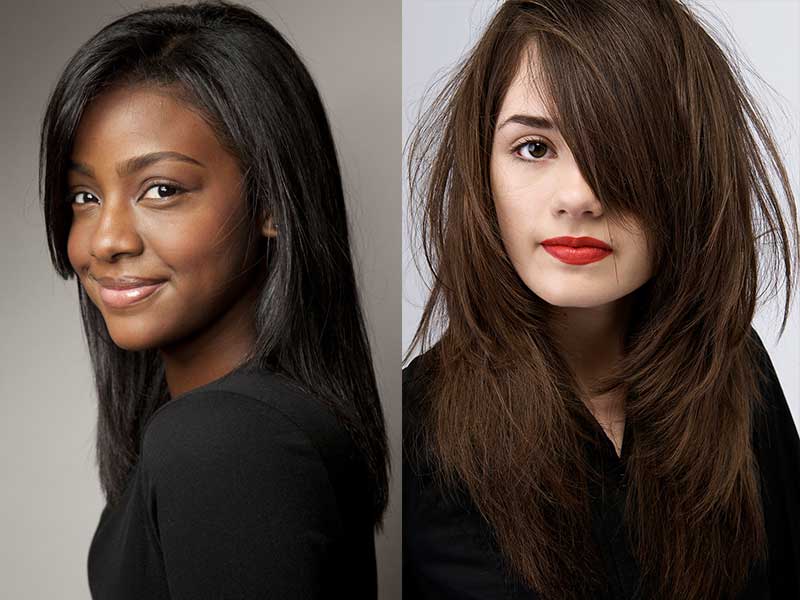
Brown hair
It is the second most popular natural human hair color, after the black. It comes from light to medium and dark brown. Brown hair is characterized by the level of eumelanin melanin.
In some cases, human hair color brown is often known as brunette. Hence, the light or dark shades of brown hair also refer to the shade of brunette. Each type of brown hair has its name, such as chestnut, auburn hair, caramel brown, light golden, etc. For instance, chestnut is in the reddish shade of brown hair. You can find it in the native people in Europe and the United States. You can easily find people in the medium to light brown shades in Australia, the United States, and Canada. While dark brown hair is very common in the Mediterranean, Europe, and some parts of South Asia.
Related posts:
Blonde hair
What is human hair color shades blonde? Blonde (blond) varies from nearly white (platinum blonde) to a dark golden blonde. It is truly a trendy color. Many singers and artists always dye their hair in blonde or wear blonde wigs when taking part in events or appearing in Red carpet. They look so fashionable and excellent. Blonde hair has both eumelanin and phaeomelanin, but only a small amount of them.
A study shows that natural light blonde hair is rare in adulthood, only 2% of the world’s population and 16% in the US. Like brown hair, the blonde comes in different shades and sources such as ash-blonde, platinum blonde, golden blonde, yellow, and so on.
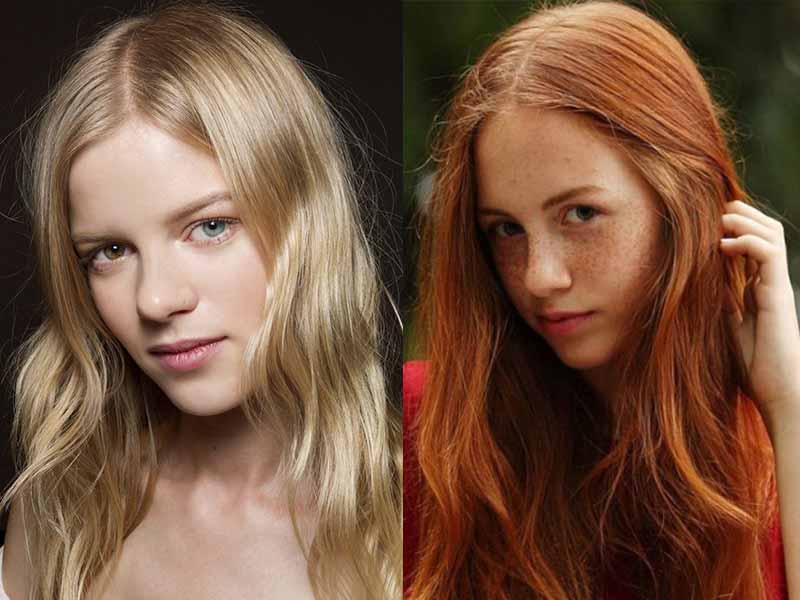
Red human hair color
This is the hair color that has the highest amounts of pheomelanin and low levels of eumelanin. However, it is uncommon in the world now. According to statistics, Scotland has the highest proportion of red hair with 13% of the population has redhead and approx 40% carry red human hair color genetics.
Do you know that the human hair color is also associated with skin and eye color? The girl in red hair always has a fair skin tone and lighter eye color. Let’s verify it yourself.
In the past, Queen Elizabeth I of England was a redhead. And of course, this hair color was fashionable for women during the Elizabeth era. In modern life, red hair is a fashion trend. Many Hollywood stars such as Amy Adams, Julianne Moore Nicole Kidman, Alyson Hannigan are attractive in red hair.
Gray and white hair
Sometimes the hair is called “salt and pepper” color. It appears naturally due to people’s age, stress or lack of pigmentation and melanin.
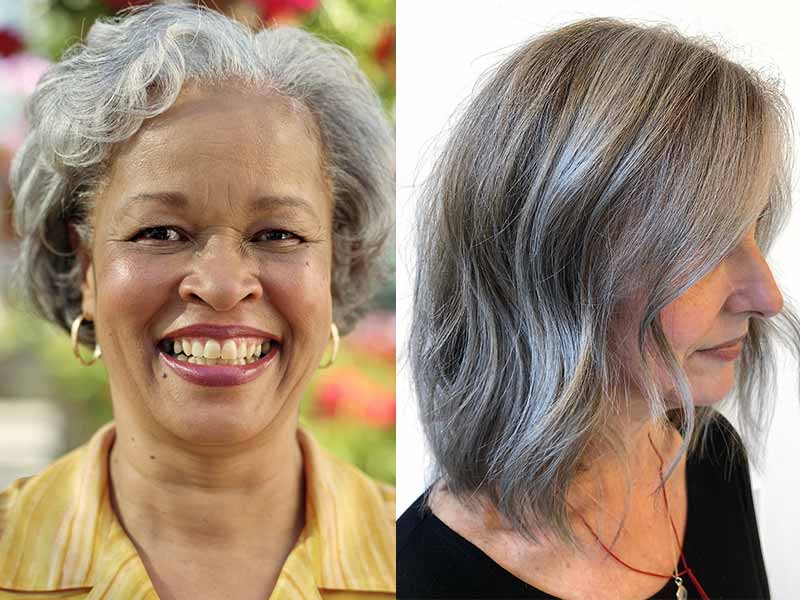
Typically, the hair of Asian people starts turning into gray color in their late 30s. Most Africans hairs are still in their original hair color until they are in their mid-40s. While the hair of Europeans changes to gray early, in their mid-30.
We can say that through the human hair color chart above, you can answer the question “What color is my hair chart?”
Some Factors That Might Affect Hair Color
Your human hair color changes when you get older
Have you ever wondered why your 3-year-old hair color is different from your 30-year-old hair color? In the human body, some genes are involved in melanin production. However, genes work at different times in each person’s life. So, it is a reason why our hair color changes as we age.

For many people, human hair color will become darker over time because the amount of eumelanin increases as we get older. This phenomenon is called achromotrichia. In men, achromotrichia appears in the early to mid-twenties while women are in their late twenties.
Hair is not the only part that changes color as we age. About 10-15% of the population has an eye color that changes with age.
Read more:
- How Fast Does Human Hair Grow? | The Average Number
- Human Crochet Hair Just Look So Damn Good!
- Natural Curly Hair: 9 Tips To Embrace Your Coils!
Stress causes changes in human hair color
Stress also accelerates the appearance of gray hair. What produces melanin is called “Melanocytes”. A study from New York University found that stress makes hair follicles lack color pigments, leading to a faster loss of hair color.
Not only changing your natural hair color, but stress is also the cause of hair loss, baldness.

Medication turns hair into grey
Some illnesses (Albinism, Vitiligo, Malnutrition, Marie Antoinette syndrome or pernicious anemia) are among the causes of changing hair color. They disorganize melanin production, causing premature graying. If you are suffering one of these diseases, consult the doctor to ask for a piece of advice.
Other factors affecting human hair color
According to the Library of Congress, pollutants and toxins in the environment is also the cause of hair color change. Many studies show that these chemicals affect the production of melanin in the hair.
Smoke also changes hair color. A study in 2013 showed that smokers were found to be 2.5 times more likely to have premature graying, compared to non-smokers.
Human Hair Wigs and Extensions at Lewigs
You love your natural human hair color, but it starts turning into gray now. Don’t worry! Browse Lewigs’ large selection of human hair replacement systems. Come with us, we offer you the best high-class hair products at affordable prices. Moreover, our selling teams supply you with the most satisfying service.
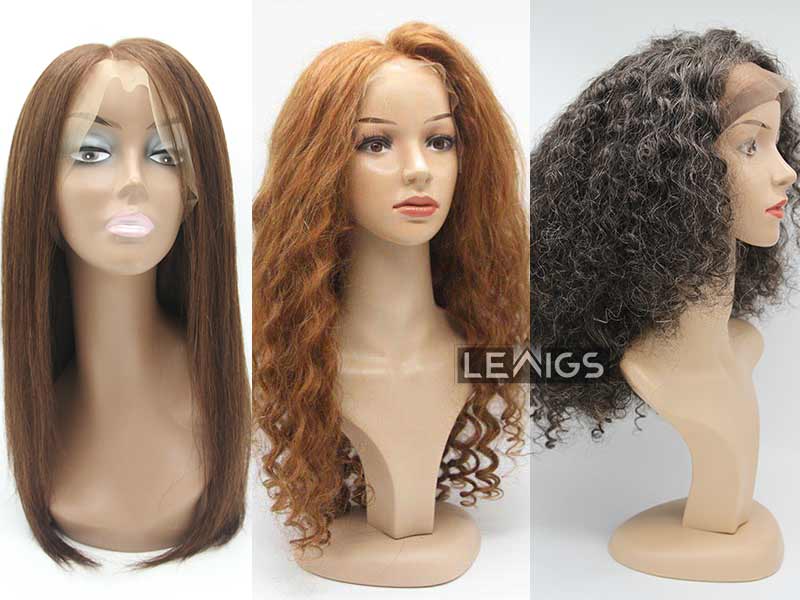
We only use real human hair (Vietnamese hair and Cambodian hair mainly) to produce the best hair for clients. The hair is raw material, untreated and chemically unprocessed. Additionally, the hair is collected carefully from donors who have traditional care of their hair. We ensure that all cuticles of the wiglet are alive and running in the same direction from root to tip. Therefore, our color human hair wigs and extensions are the same as your natural hair color.
If you are interested in or would like any additional information about human hair color or other information, please kindly contact us at any time.
Have any special inquiries in this field? Leave your comments below! You will get the most satisfied answer immediately.

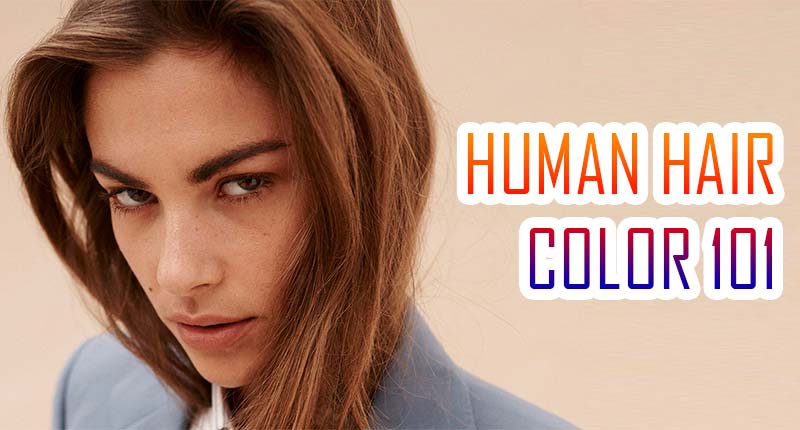

I am looking for a grey (salt and pepper) human hair topper 10 in.
can you help?
Hi. Could you please reach us via our hotline so that we can support more?